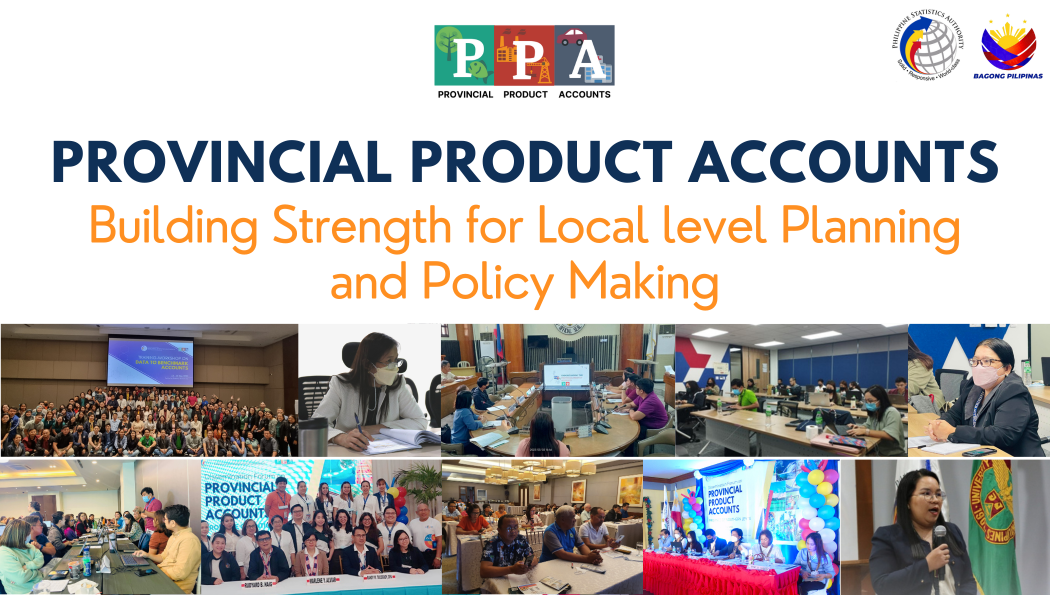Provincial Product Accounts (PPA)
Bohol’s economy rebounds, growing by 4.3 percent in 2021
Release Date:Reference Number: 2022- PR12-014The economy of Bohol posted a growth of 4.3 percent in 2021, a rebound from the -6.3 percent decline in the previous year. The Gross Provincial Domestic Product (GPDP) of Bohol is valued at PhP 159.9 billion in 2021, a little bit lower than the pre-pandemic GPDP level of PhP 163.6 billion in 2019 but higher than the GPDP in 2020 valued at PhP 153.3 billion. (Figure 1)
Source: Philippine Statistics Authority
The main contributors to the 2021 growth were: Wholesale and retail trade; repair of motor vehicles and motorcycles, Education, and Information and communication.
Major economic industries, namely: Agriculture, forestry and fishing, Industry, and Services all posted positive growths in 2021 with 1.3 percent, 4.8 percent, and 4.7 percent, respectively. Furthermore, all industries registered growth in 2021, except for Transportation and storage which contracted at -2.0 percent.The Philippine Statistics Authority (PSA) established through Republic Act No. 10625 or The Philippine Statistical Act of 2013, is tasked, among others, to compile and maintain macroeconomic accounts and indicators, at the national and subnational level. The Provincial Product Accounts (PPA) is a mechanism to measure the economic performance of the province or highly urbanized cities (HUCs) at a given time.Starting last year, the PSA annually releases the provincial and HUC level economic performances following the identified pilot areas. Bohol Province is one of the pilot areas for PPA compilation starting 2021.For full reports, statistical tables, and visuals on the PPA releases, please visit our website at rsso07.psa.gov.ph/Bohol or at the PSA Regional Office or PSA Provincial office with contact details below:Regional Statistical Services Office VII2/F, Gaisano Capital Building, Colon St., Cebu City, Cebu(032) 254-0470psa07.rsso@gmail.com / psa07.socd@gmail.comBohol Provincial Statistical Office3/F, Galleria Luisa Bldg., Gallares St., Poblacion II, Tagbilaran City, Bohol(038) 501-0996 / 427-4361psa07.bohol@gmail.com / psa07.bohol.ppa@gmail.com(SGD.) JESSAMYN ANNE C. ALCAZARENChief Statistical Specialist





